MV Heating Hydro 55 User manual




















Table of contents
Popular Water Heater manuals by other brands
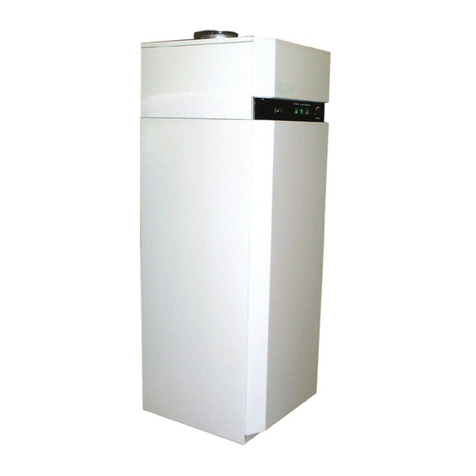
Dimplex
Dimplex AWP 30 HLW Installation and operating instructions

Beretta
Beretta Idrabagno 11 ESI installer and user manual
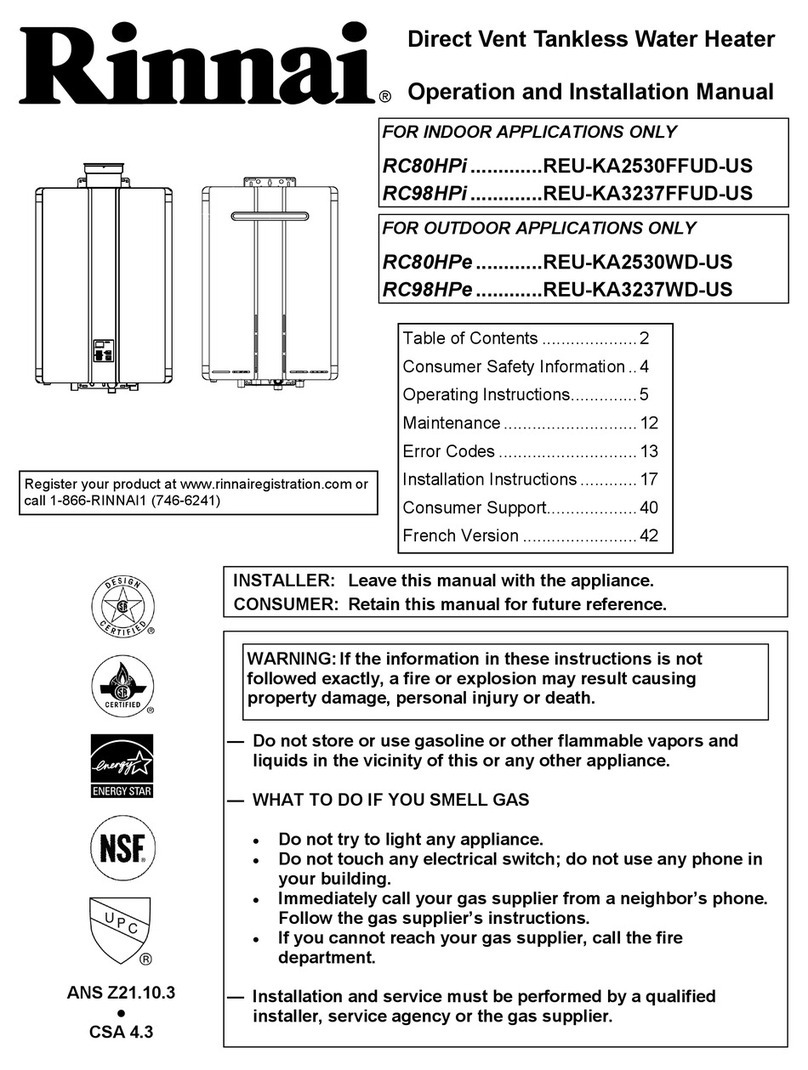
Rinnai
Rinnai RC80HPE Operation and installation manual
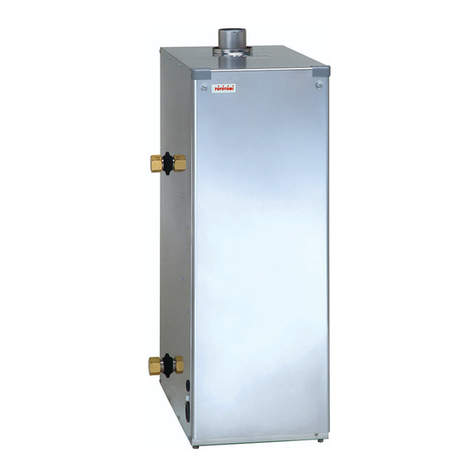
Toyotomi
Toyotomi FB-38N Operation and maintenance instructions
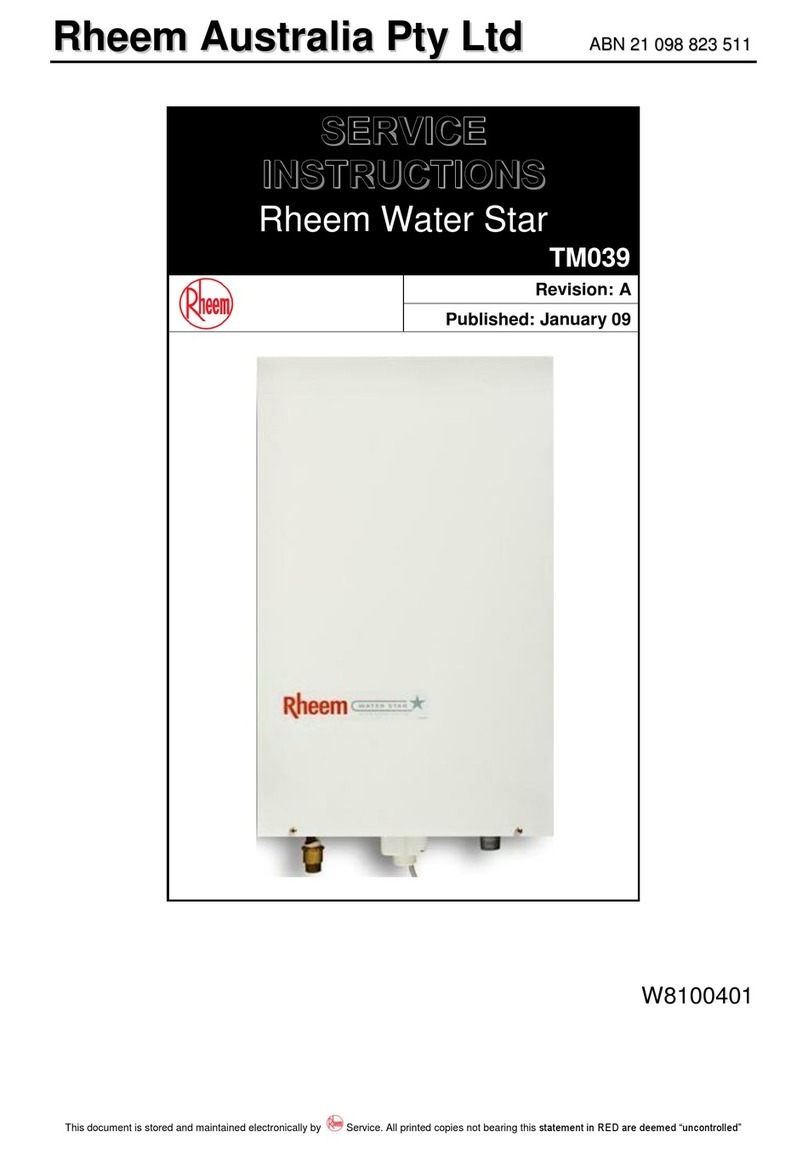
Rheem
Rheem TM039 Service instructions

State Water Heaters
State Water Heaters Commercial Gas Water Heater instruction manual
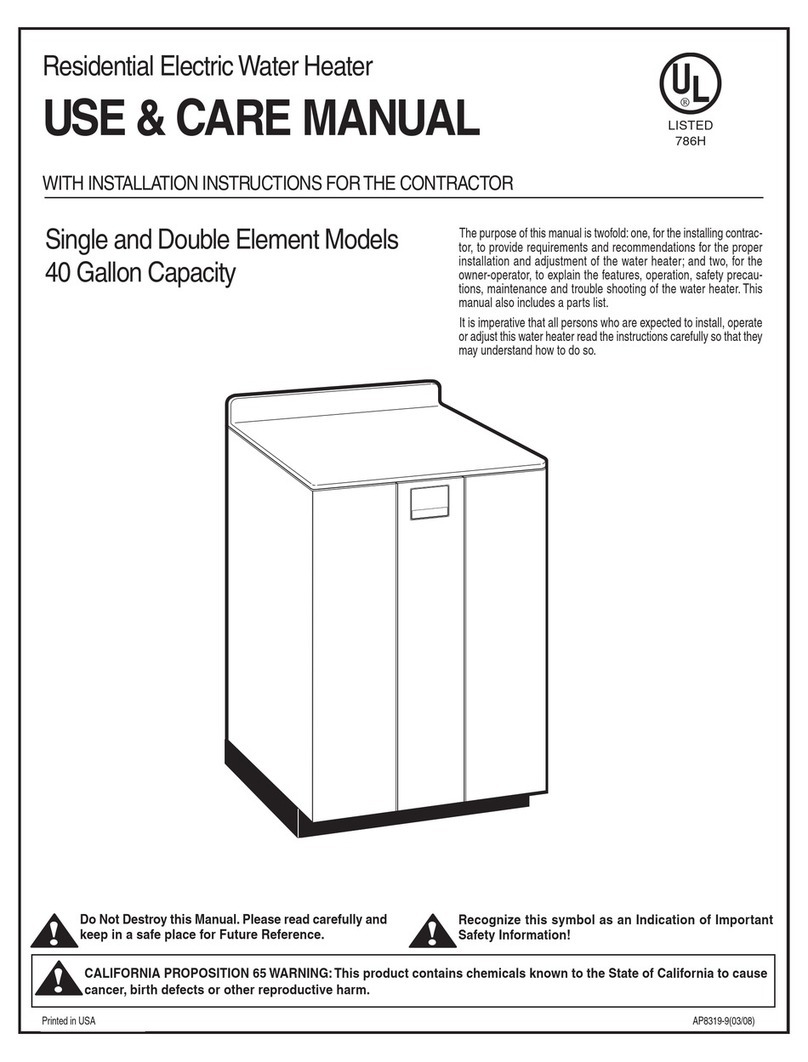
Rheem
Rheem Single and Double Element Models Use & care manual
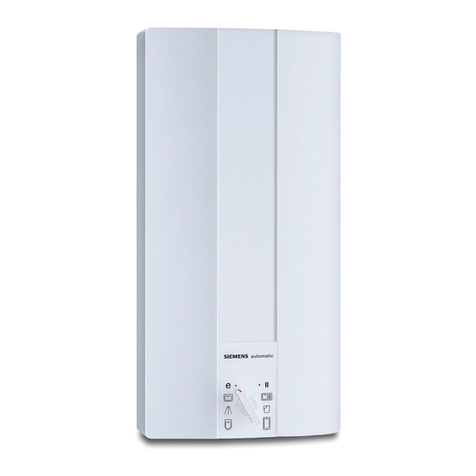
Siemens
Siemens DH 18100 Operating and installation instructions
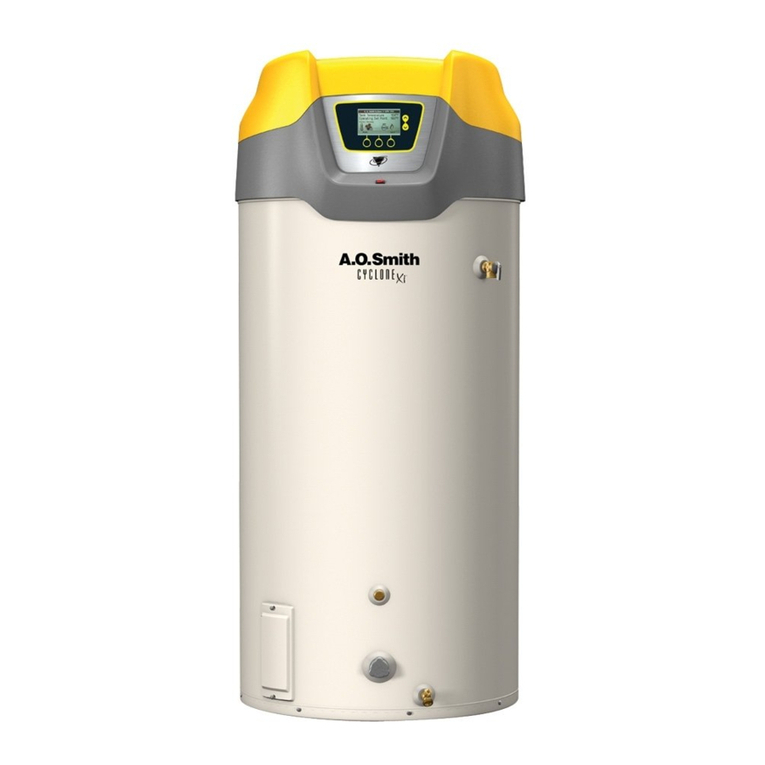
A.O. Smith
A.O. Smith BTH-120 through BTH-500 Specifications
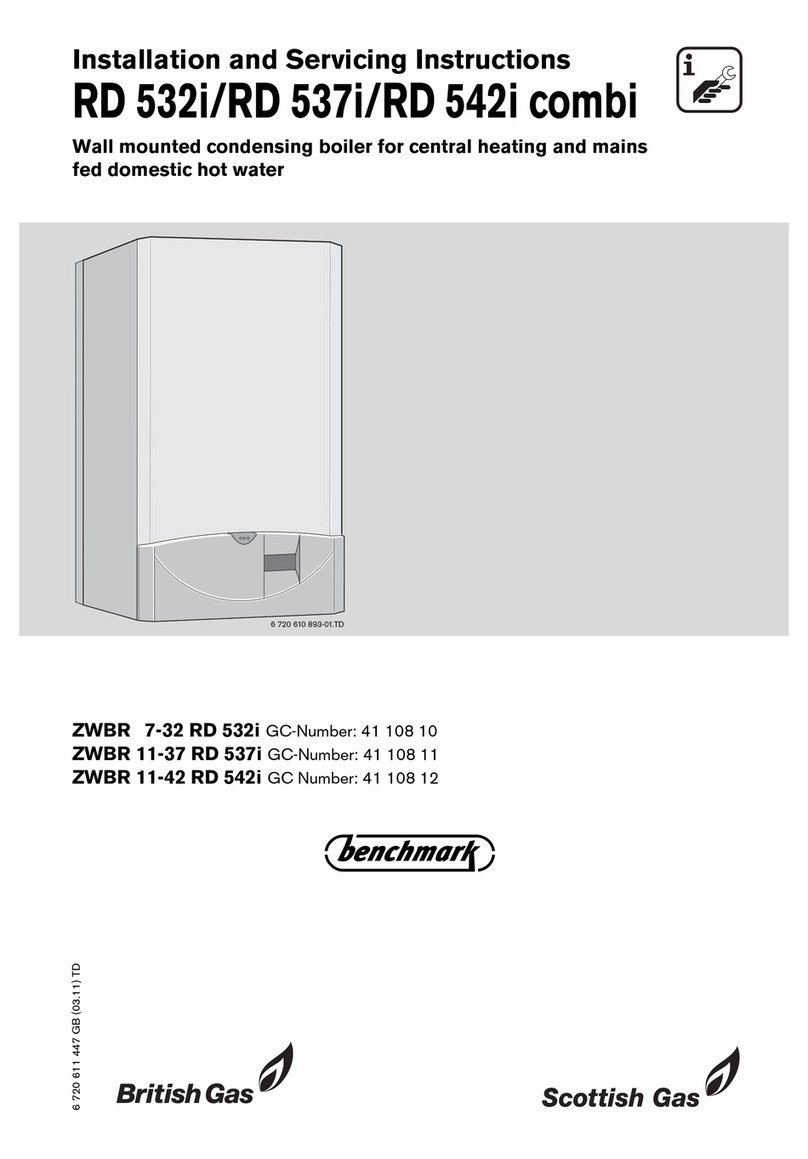
Benchmark
Benchmark RD 542i combi Installation and servicing instructions
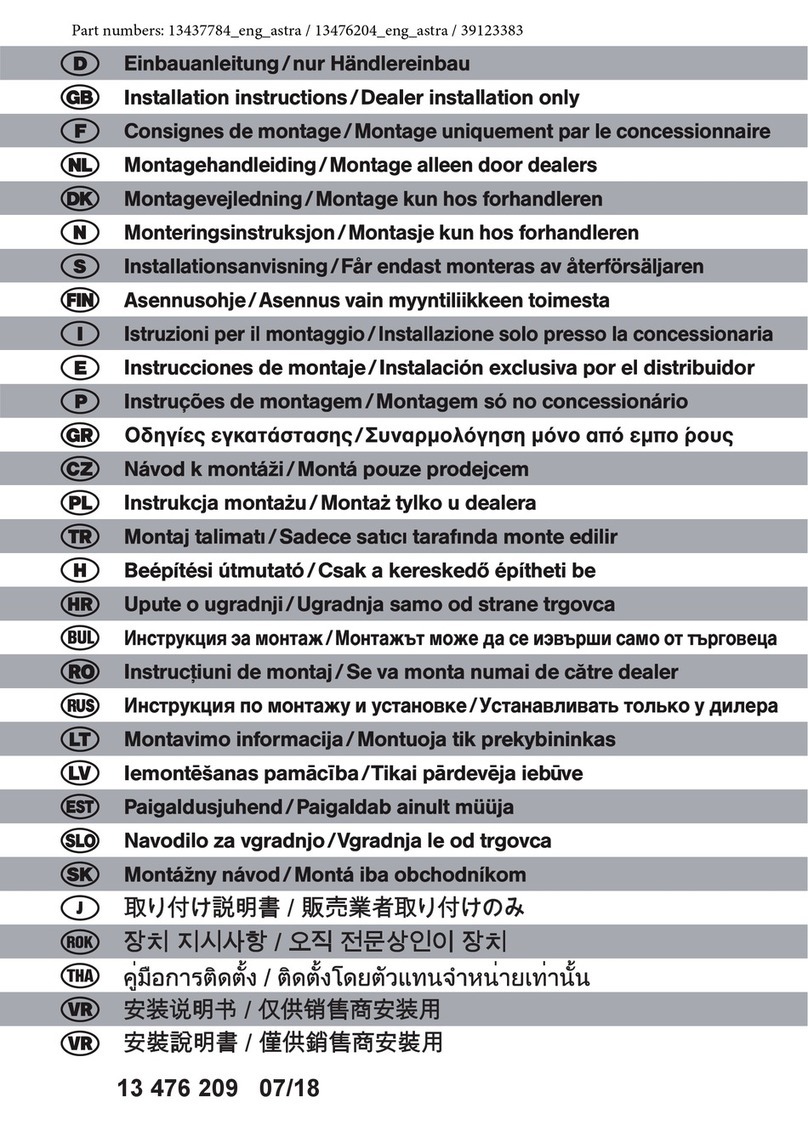
Webasto
Webasto thermo top evo Installation documentation
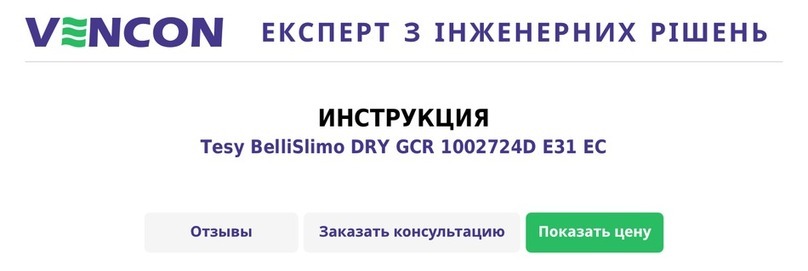
TESY
TESY BelliSlimo DRY GCR 1002724D E31 EC Instructions for use

Raypak
Raypak XFYRE NINETY PLUS 300 Brochure & specs

Bradford White
Bradford White ElectriFLEX LD LE Series Service manual
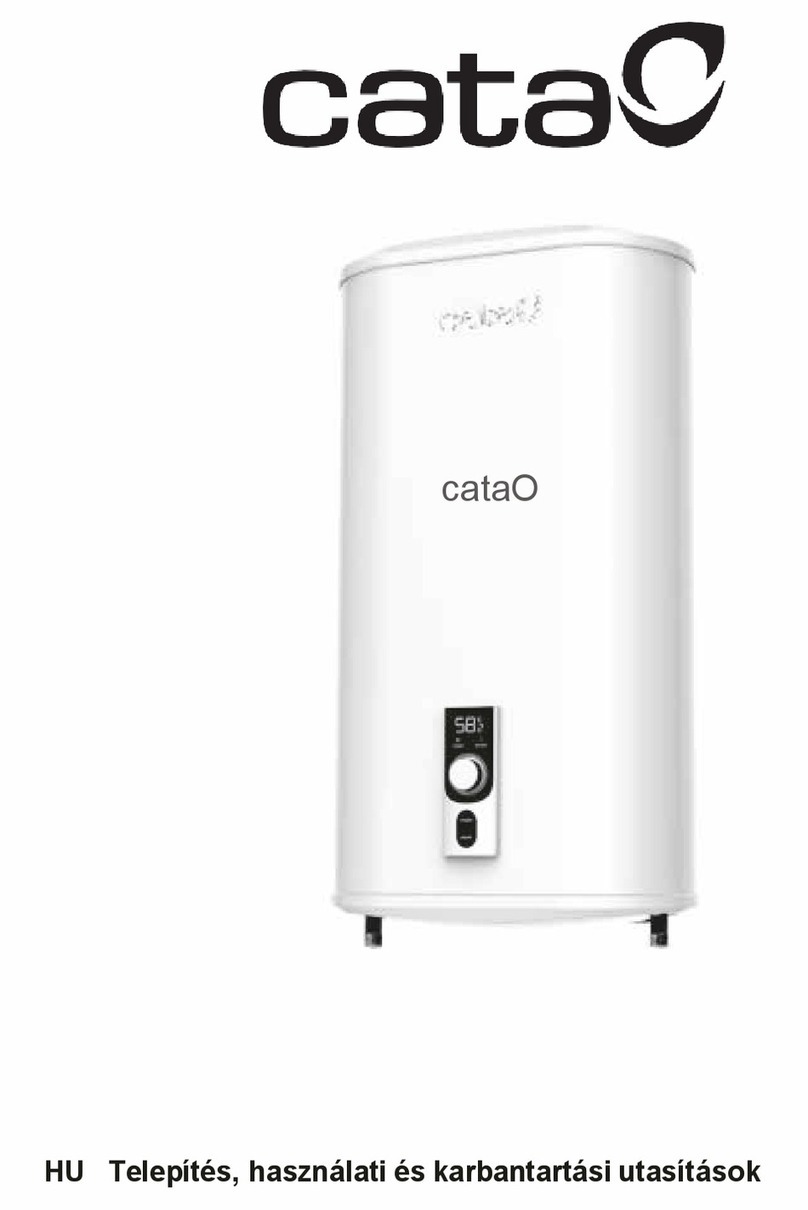
CataO
CataO CTRS-50 REV SLIM instruction manual

STIEBEL ELTRON
STIEBEL ELTRON SBB 300 PLUS Operation & installation
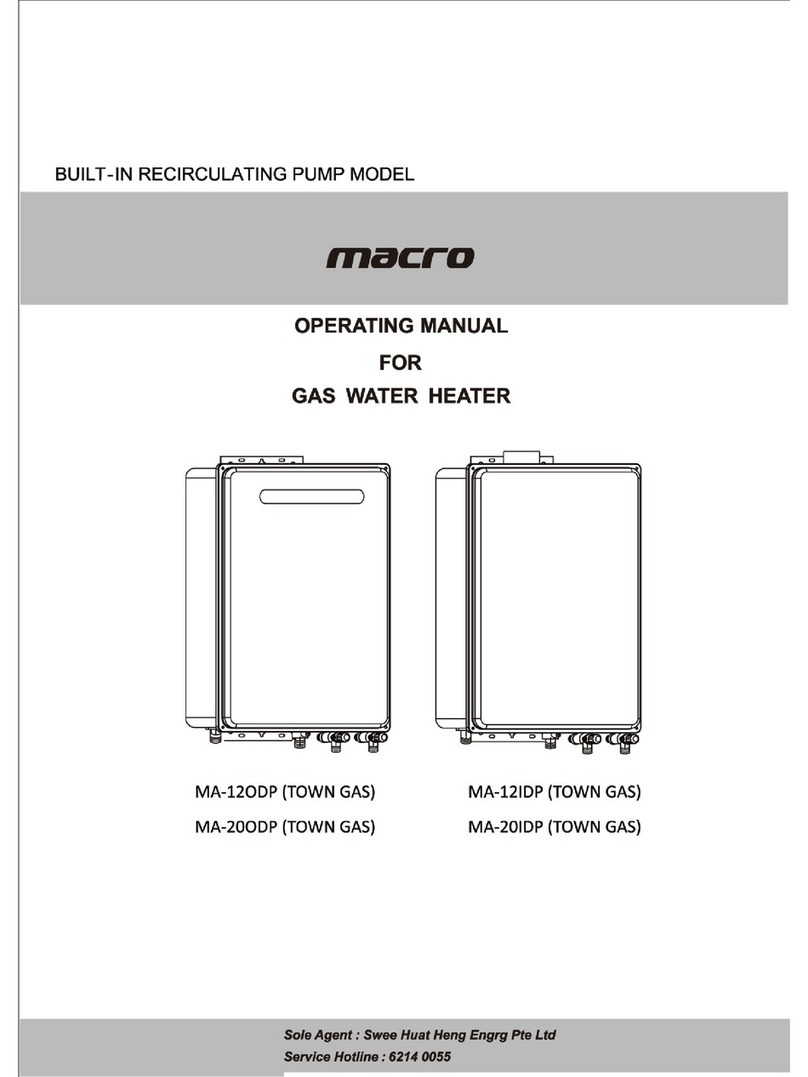
Macro
Macro MA-12ODP operating manual

AirTap
AirTap ATI50 Technical manual